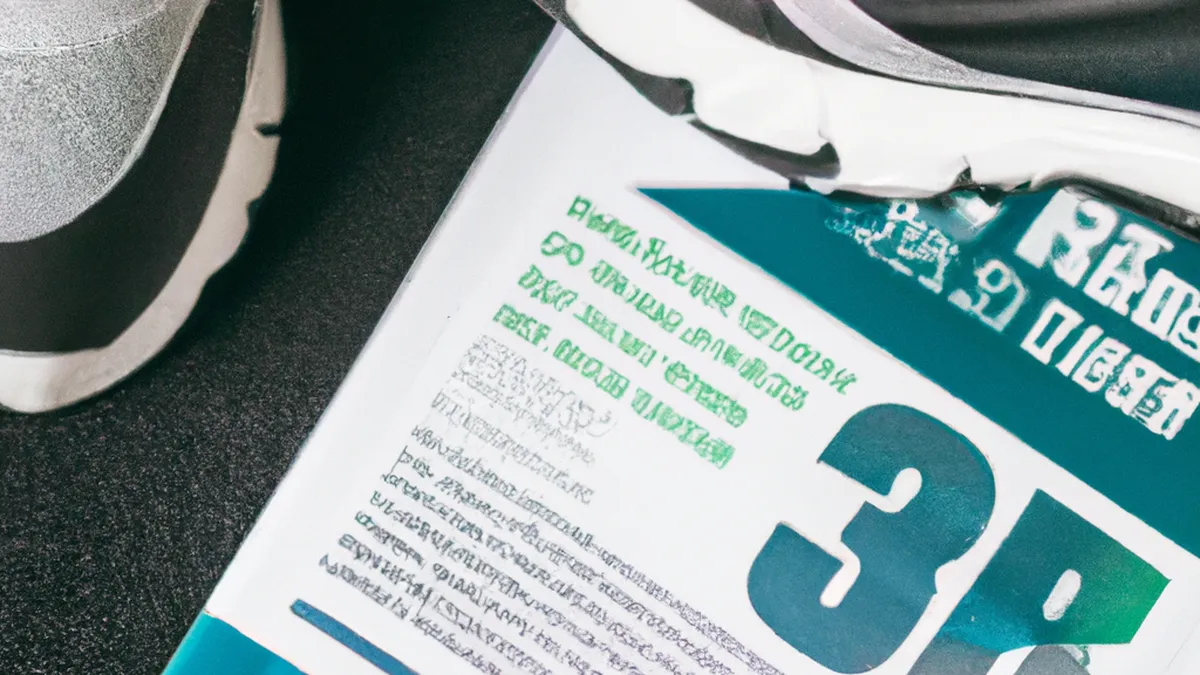Blade vs. Burr: The Grinding Showdown
Grinding Fundamentals: Different Types of Grinds ExplainedGrinding coffee beans enhances flavor and influences the brewing process. Understanding various grind types is essential for coffee lovers. This guide explores grind sizes, their uses, and their impact on brewing.
Understanding Grind Sizes
Coffee grind sizes play a crucial role in extraction. The grind size affects how quickly water interacts with the coffee. Different brewing methods require specific grind sizes. Knowing these helps you brew the perfect cup.
Coarse Grind
Coarse grinds resemble sea salt or breadcrumbs. They work well for brewing methods needing extended steeping, like French press or cold brew. Coarse grinds let water flow easily, extracting flavors without bitterness.Using a French press, coarse grinds prevent bitterness. Steeping coffee grounds in hot water for several minutes requires larger particles to avoid over-extraction. Cold brew coffee also benefits from coarse grinds, allowing slow extraction without bitterness.
Medium Grind
Medium grinds resemble granulated sugar and are versatile. They suit drip coffee makers and pour-over methods. This grind balances flavor extraction and brewing time. Most drip machines work best with medium grind coffee.Medium grinds also suit Chemex and pour-over systems. They allow balanced extraction, highlighting coffee’s nuanced flavors. A brewing time of 4-5 minutes typically yields a delightful cup. Many coffee enthusiasts prefer medium grind for its adaptability.
Fine Grind
Fine grinds resemble table salt and suit espresso machines and Aeropress brewing. The fine texture increases the coffee’s surface area, speeding up extraction. For espresso, a fine grind is essential because the brewing process forces hot water through coffee under high pressure.However, be cautious with fine grinds. Over-extraction can lead to bitterness. Timing your espresso shots carefully ensures a balance of sweetness and acidity.
Extra Fine Grind
Extra fine grinds are almost powdery, primarily used for Turkish coffee. This grind maximizes extraction, resulting in a rich, strong brew. Turkish coffee combines finely ground coffee with water and sugar, creating a thick, aromatic beverage. The extra fine grind creates the signature texture and flavor of Turkish coffee.While uncommon for many methods, the extra fine grind highlights the importance of grind size in achieving specific flavors.
Tips
As an Amazon Associate I earn from qualifying purchases.
Gear tip: consider portable ball rebounder, football, and receiver gloves to support this topic.
Conclusion
In summary, understanding grind sizes is essential for brewing the perfect cup of coffee.
Below are related products based on this post:
FAQ
What is the importance of grind size in coffee brewing?
Grind size significantly affects the extraction process and overall flavor of the coffee. Different brewing methods require specific grind sizes to optimize water interaction and avoid over-extraction or bitterness.
What are the characteristics of a coarse grind?
Coarse grinds resemble sea salt or breadcrumbs and are ideal for methods like French press and cold brew. They allow water to flow easily through the coffee, facilitating flavor extraction without introducing bitterness.
When should I use a fine grind?
A fine grind, similar to table salt, is best suited for espresso machines and Aeropress brewing. This grind increases the coffee’s surface area, which accelerates extraction, but requires careful timing to prevent bitterness.















Post Comment